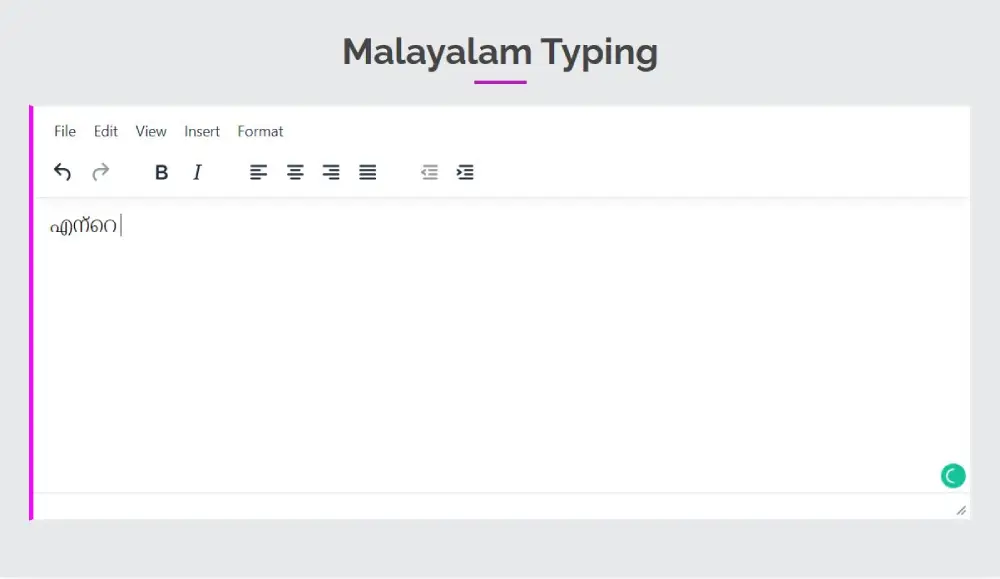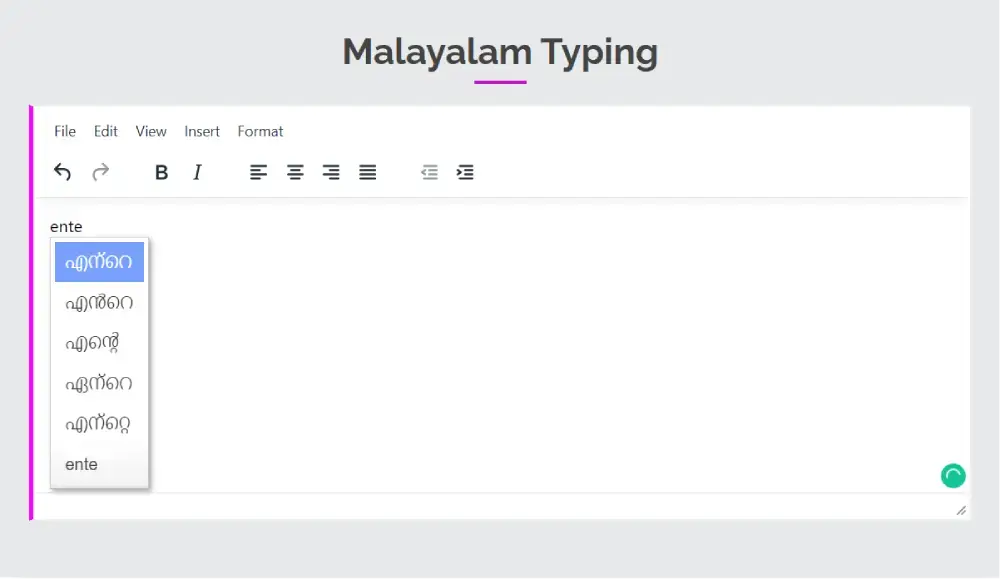Get Started with Our Persian (Farsi) Typing Tool
Our Persian (Farsi) typing tool makes it easy to type in Persian (Farsi) without any technical knowledge or software downloads. All you need to do is visit our website and start typing! Our intuitive layout ensures that you`ll be able to quickly navigate the page and get started with your typing. Best of all, you don`t have to worry about accuracy - our tool will automatically detect and correct mistakes as you type! In mobile when you type in all the given text-area space, your content fills the text-area and if you want to increase the size of the text area, you can expand its size each time you press the button EXPAND and after completion and start a new content typing press the button SHRINK and the text area will be back to its original size. On the desktop, once the text has been typed into the desired language, all you need to do is select it all, press “ctrl-c,” copy it, and then press “ctrl-v” to paste it back into your document. When you are on mobile just simply click the COPY button and copy all your text and then paste it into your desired location. And also clear your text area after typing press the CLEAR button and you can type other contents as you like.
Unable to find the correct transliterate?


Persian (Farsi) Language
Persian language, also known as Farsi, is an Indo-European language spoken primarily in Iran, Afghanistan, and Tajikistan. It is written in the Persian script, which is a variant of the Arabic script. Persian has a rich literary history and has been used as a cultural and official language in the region for centuries. It is estimated to have over 110 million speakers worldwide. Persian is known for its poetic and sophisticated literature and has greatly influenced the literary and cultural development of many neighboring countries, such as Central Asia, South Asia, and the Middle East.
History of Persian (Farsi)
The history of the Persian language can be traced back to the Old Persian language, which was used in the Achaemenid Empire (550–330 BCE). Old Persian was used for inscriptions and official communications and was written in cuneiform script. With the rise of the Sassanian Empire (224–651 CE), Middle Persian became the dominant language and was used as the language of administration and culture. After the Arab conquest of Iran in the 7th century, Persian continued to be used as a written language, but with the addition of many Arabic loanwords. During the Timurid and Safavid periods (14th to 17th centuries), Persian experienced a revival as a literary language and produced some of its most famous works of poetry and literature. Today, Persian is the official language of Iran and one of the two official languages of Afghanistan.
Persian (Farsi) Scripts (خط های فارسی (فارسی).)
Consonants (صامت ها)
Alef (ا), Beh (ب), Peh (پ), Teh (ت), Seh (ث), Jim (ج), Cheh (چ), Hah (ح), Kah (خ), Dal (د), Zal (ذ), Reh (ر), Zeh (ز), Sin (س), Shin (ش), Sad (ص), Zad (ض), Tah (ط), Zah (ظ), Ain (ع), Ghain (غ), Feh (ف), Qaf (ق), Kaf (ک), Lam (ل), Meem (م), Noon (ن), Vav (و), Heh (ه)
Vowels (حروف صدادار)
Alef (ا) represents [a], Vav (و) represents [u] or [o], Yeh (ی) represents [i] or [e], Hamzeh (ء) represents [ə] or [ʔ], Alef-Maddeh (آ) represents [ɒ]
Numbers (شماره)
یک (yek - 1), دو (dow - 2), سه (se - 3), چهار (chehar - 4), پنج (panj - 5), شش (shish - 6), هفت (hafte - 7), هشت (hashte - 8), نه (ne - 9)
Transliterate English to Persian (Farsi)
Our online typing system will allow you to transliterate English into Persian (Farsi). We use the Google transliterate feature to translate, which is very fast and accurate. You can simply convert each word, just press the space bar after typing them. Also, you can get a choice option dropdown if you press the back key. You can edit your text with a text editor to bold, italic etc. Format and style all your converted Persian (Farsi) content. We use some autocorrection features to transliterate your broken words without retyping them. Which saves you more time in typing.
Press (Ctrl+G) to switch between English and Persian (Farsi). Also, you can save them as txt or doc for your further use.
Translate vs Transliterate
Translation refers to the process of converting written text from one language to another while preserving the meaning of the original text. Translation involves converting the words and phrases of a text from one language to their equivalents in another language, taking into account the context and cultural differences between the languages.
Transliteration, on the other hand, refers to the process of converting written text from one script (alphabet or writing system) to another, while preserving the sounds of the original text. Transliteration involves converting the letters and characters of a text from one script to their equivalents in another script, without necessarily preserving the meanings of the words.
For instance, the Persian (Farsi) equivalent of the English phrase "Hello, how are you?" is "هلو، هوو اره یو؟" This translation keeps the original phrase`s meaning. On the other hand, the English phrase "Hello, how are you?" can be transliterated into the Persian (Farsi) alphabet as "هلو، هوو اره یو؟", which preserves the sounds of the original phrase but not necessarily it`s meaning.
Translation and transliteration are both useful tools for helping people communicate and understand written text in different languages and scripts. However, they serve different purposes and involve different approaches to converting written text.
